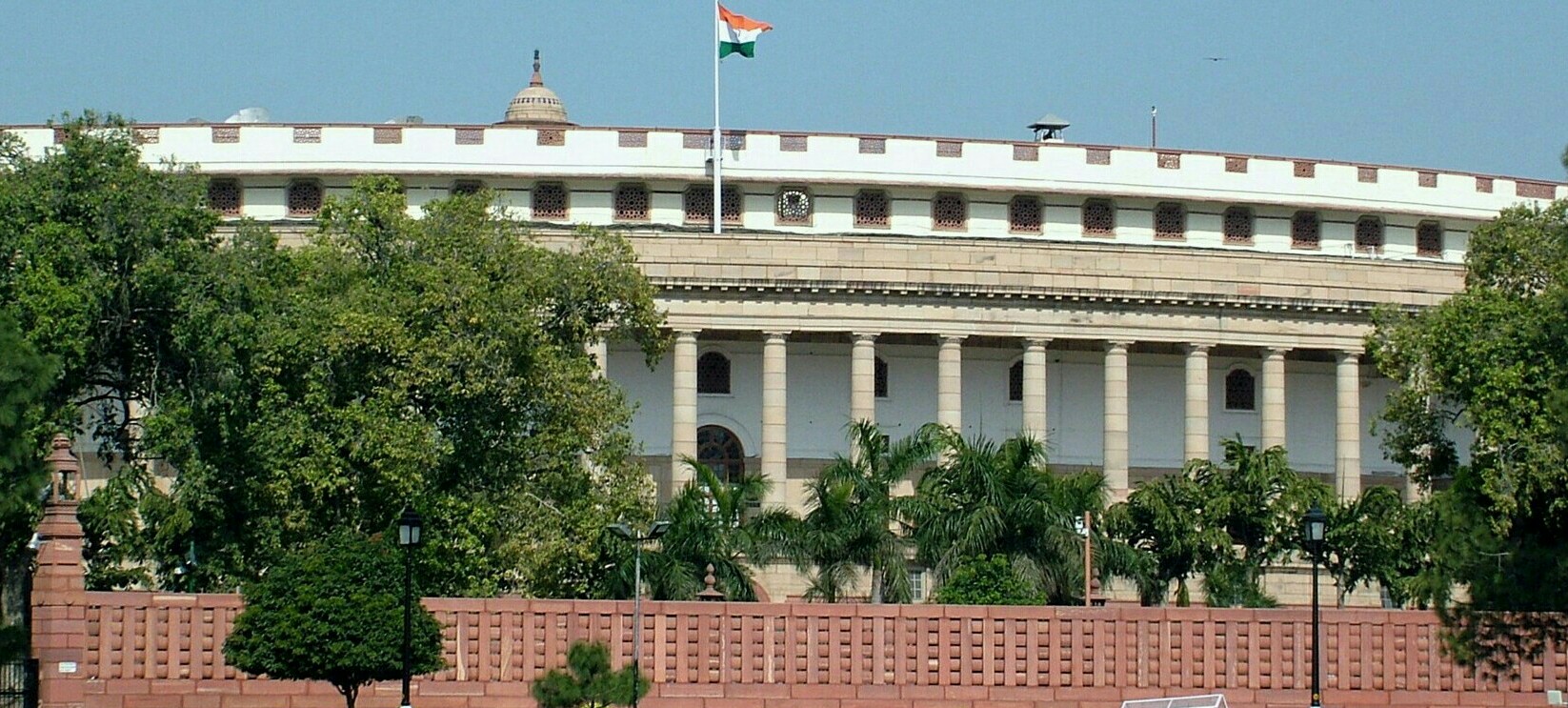
Welcome the 'Good and Simple Tax' with some immediate action points, Mahtani
by Ranjit Mahtani & Sweta Rajan
After 17 years of preparation and 18 meetings of the GST Council, a single unified Goods and Services Tax (GST) in India is today a reality. In a momentous launch at the Central Hall of the Indian Parliament with a speech by the Finance Minister and the Prime Minister of India, the GST regime was ushered in at the stroke of midnight on July 1, 2017. While the mammoth task for the Central and State Governments has just concluded, as far as trade and industry are concerned, the journey has only just begun.
GST, in the form that it has been introduced in India, may not be perfect; however, it is the reality, and trade and industry in India have testing and tumultuous times ahead. Every change presents itself with challenges, and GST is no exception to this.
However, there are various steps that may be taken to overcome these challenges step by step. Some immediate action points to ease in the GST regime are as follows:
-
Obtain the requisite registrations in each State / Union Territory from where there is a supply of goods/services, if not already obtained.
-
Ensure that the invoice format followed is modified to be GST compliant. There are various compulsory fields required to be contained on invoices, which are set out in the Invoice Rules. Customers would not accept invoices which are not GST compliant since they would not be in a position to avail credit on the basis of invoices which are not GST compliant.
-
Ensure that goods/services are correctly classified so that the GST rate applied on the respective goods/services is as per the GST rate schedule.
-
The place of supply of goods should be correctly ascertained to ensure that the correct tax is paid (i.e. CGST and SGST, or IGST).
-
The GST legislations make extensive provisions for transitioning credits of taxes paid under the erstwhile indirect tax regime. The provisions allow assessees up to 90 days to avail such credits. To optimise tax costs as a result of the shift in tax regime, it is essential that all businesses ensure that such credits are identified and availed within this period.
-
The CGST Act prescribes anti-profiteering provisions to ensure that the benefit of lower taxes and decrease in tax costs as a result of the availability of transitional credits is shared with consumers. A committee of revenue officers has been constituted to ensure compliance with this provision. It would be prudent to ensure that any profits which accrue as a result of the transition to GST are passed on to customers by adjusting prices.
The GST Council has allowed some compliance concessions for the initial phase since that the entire system and reporting will operate on an electronic platform (the GST Network portal) which is presently still work in progress. This gives Indian businesses time to evaluate their operations, structures and the tax impact, settle down into the new system and assess the way forward.
The GST intends to do away with double/duality of taxation, enable seamless flow-through of credits, and broaden the network of assessees. While the immediate impact of the new regime may be challenging, these benefits will be much appreciated by trade and industry in the long run.





-Vertical.jpg)

 to success.
to success.